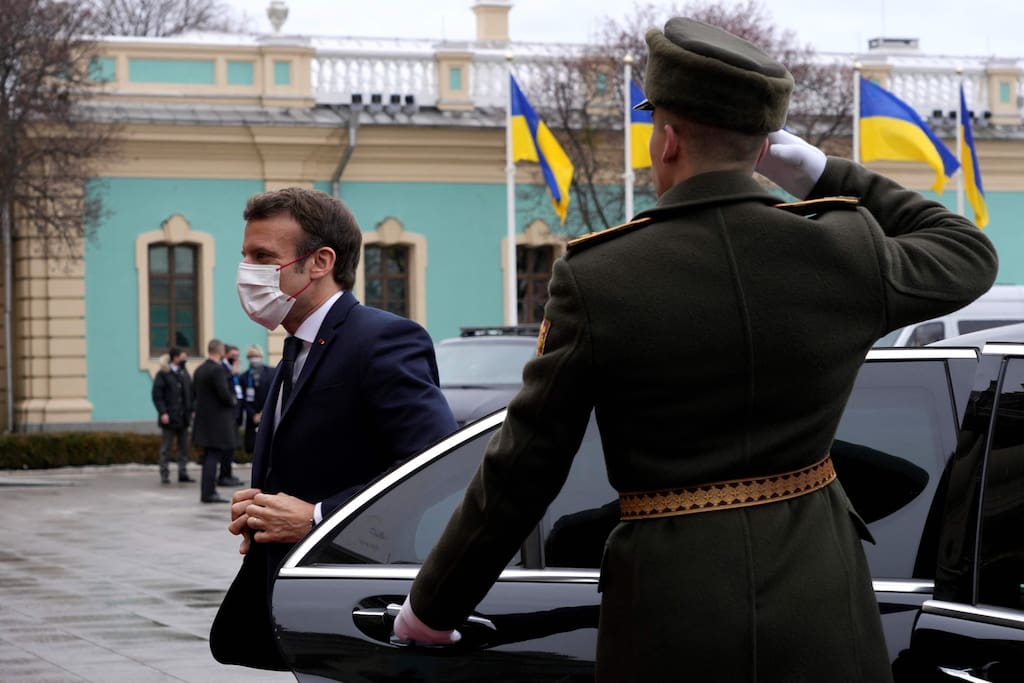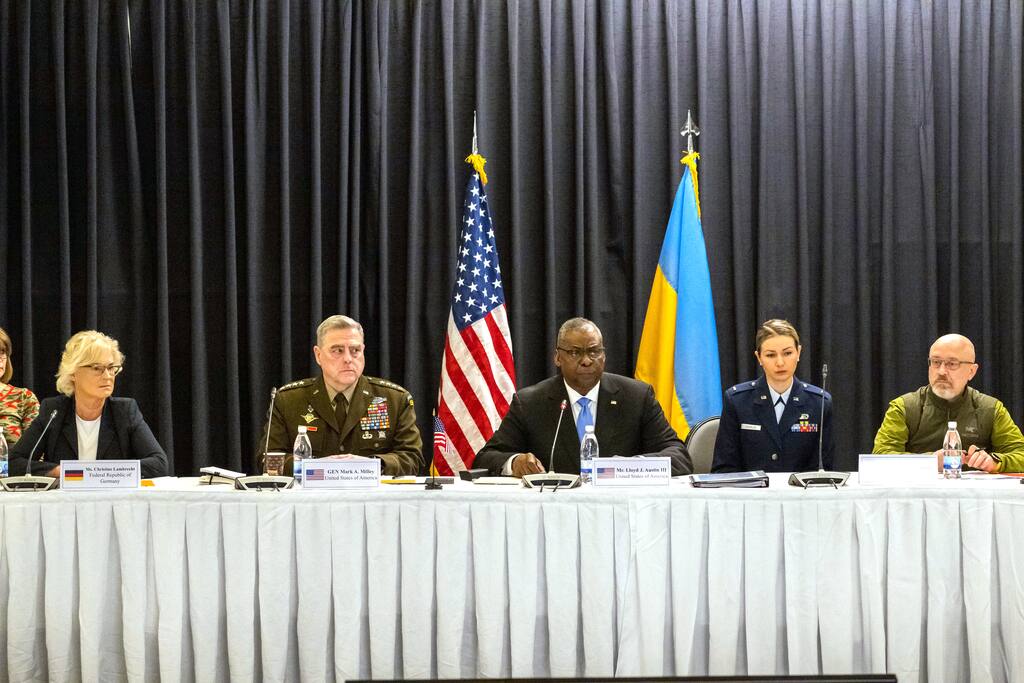Armed Russian soldiers patrol the Kakhovka hydroelectric station in southern Ukraine, a strategic target captured in the first hours of Moscow's military operation, restoring a crucial water supply to annexed Crimea.
Three months after President Vladimir Putin sent troops into Ukraine, the turbines at the power plant in the Russia-controlled Kherson region are still in full motion as the waters of the mighty Dnipro river rush through.
But more importantly for Moscow, its troops now control the entire length of a critical fresh-water supply to Crimea via a Soviet-era canal that was dammed by Ukraine after Russia staged a referendum to annex the peninsula in 2014.
AFP visited the site of the Kakhovka power station and dam as part of a press tour organised by the Russian army, accompanied at all times by Russian soldiers armed with machine guns.
Even though it is located away from the front line that runs further north, Russians vigilantly guard the strategic site that they say has been subject to attempts at "sabotage".
"There were attempts to bring in explosive substances, but they were all thwarted," says Vladimir Leontyev, a Russia-appointed head of the civil and military administration of the Kakhovka district.
Leontyev says any destruction to the dam would cause "great misfortune" and devastating floods that would submerge buildings located downstream.
On the dam, a fence has a large hole torn in it, as if a vehicle has gone through it into the river. Officials gave no explanation for this.
- 'A lot of water' for Crimea -
The reservoir behind the Kakhovka dam allows water to flow down the North Crimean Canal, built in the Soviet era to supply fresh water to the arid areas of southern Ukraine and Crimea.
For eight years the canal had been dry after Ukrainian authorities said Russia did not pay for supplies and built a concrete dam over it, causing major problems with irrigation and access to water in Crimea.
The new Russia-installed authorities in Kherson region say water deliveries to Crimea resumed in early March and now 1.7 million cubic metres are sent to the peninsula every day.
"There is a lot, a lot of water going to Crimea. For now, we are not asking for payment, it's our contribution, a compensation for the losses suffered by Ukrainians and Russians for eight years," Leontyev said.
He added that "all the staff" of the plant have remained on site and have been working without interruption since February 24. Civilians can use the road on the dam which crosses the Dnipro river after passing a checkpoint with Russian soldiers.
The plant continues to produce electricity, which flows into the unified Ukrainian power grid and supplies both areas still under Kyiv's control and those taken by Moscow's troops.
"We cannot stop the production of electricity and its delivery into the unified power grid" of Ukraine, Leontyev added.
For the moment, he said, "this is physically impossible".
Kumma, yle ja guardian on kummatkin sivuuttaneet tämän pätkän ja tuo pato on yksi suurin asia mikä naapurilla on ollut listalla. AFP ei julkaise propagandaa, vai ?






